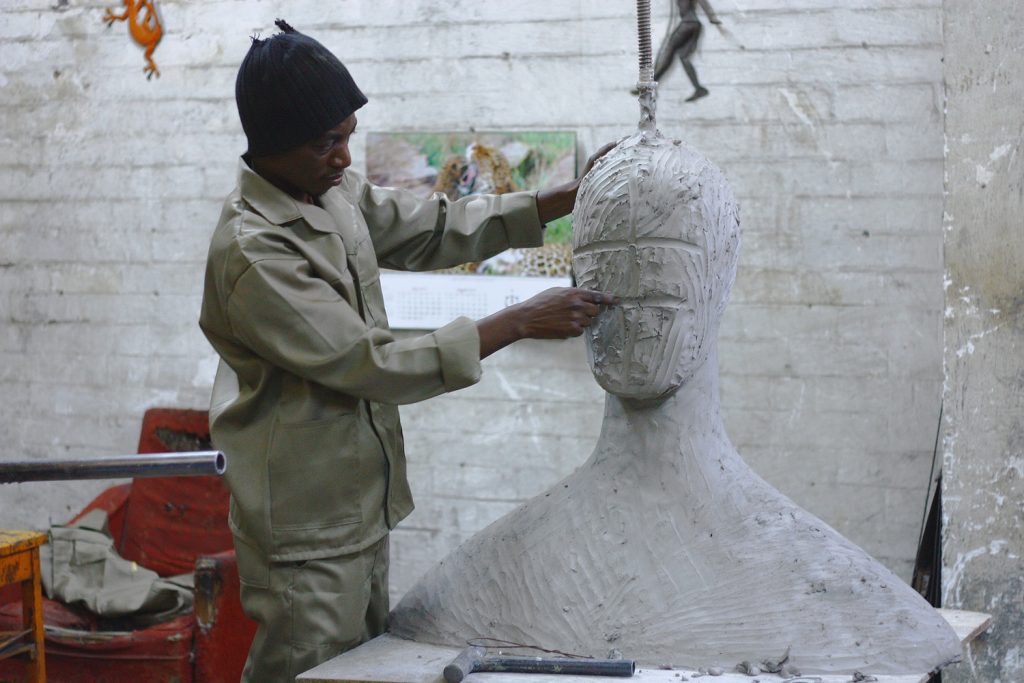Art and design in Norway
FOR STUDENTS
Among universities that offer art education for students, Norway establishments occupy an honorary place. You can choose from a variety of programs and even hope for college application help if you are from abroad. Let’s see what Scandinavia has to offer in terms of academia. Our writing service support people all over the world, Scandinavian country has great art and design disciplines.

Oslo National Academy of the Arts
You can opt for a three-year bachelor degree and a fully equipped study area, if you ever decide to apply to Oslo National Academy of the Arts. It has over 550 students and the number of employees ranges between 20 and 30.
On top of that, you can choose to study in The Academy of Opera, The Academy of Fine Art, The Academy of Theatre, Visual Arts and the Academy of Dance. Design graduates can proceed with their educational pursuits and experiment with their course. Oslo National Academy of the Arts allows to experience the multinational edge to its community, initiating programs for foreign students and Scandinavians alike.
Bergen Academy of Art and Design
You can be admitted to Bergen if you pass your tests well, and we are not kidding here: the admission committee recognizes the importance of a good education and conducts personal interviews for those, who wish to apply.
You should also provide academy with a motivation letter, stating your interest in Arts and confirming the desire to be a part of the Bergen community. For Arts faculty, you will need to submit additional work. Based on it, Bergen Academy of Art and Design allows you to proceed with the application. If you are not from Oslo, don’t worry. They have programs for international students as well, except you have to cover your living expenses.

Norwegian Academy of Music
Norwegian Academy of Music is one of the most famous establishments in Norway, specializing in Arts and Music.
They have three degrees available for students, and you can choose one, depending on your previous education. There are about 240 programs at the moment, and the courses that the academy provides may help you throughout the application process. The Ph.D. program includes three years of study and a degree is required for you to finish the course.
University of Stavanger (Department of Music and Dance)
Classical music, history of music, music education and jazz – you can find these programs at Stavanger. More than 220 students are enrolled now, and they have their one-year English language course for those, who came from abroad.
University also features the variety of opportunities for students, who wish to go away from classical interpretations and seek other directions in music and arts. The main focus of education, however, remains the same. You can be a dancer or a musician according to your specialization, or choose both programs to complete a full course and graduate with a degree and a diploma.
University of Oslo
University of Oslo has one of the most exotic courses that ever was in Scandinavia, teaching foreign students the basics of Norwegian music.
Teachers also provide learners with historical and organizational insights to make their memories of the course last and plunge deep into the heritage of national music. This program is extremely popular with international students, as it can be taught in English, and has 10 credits to give a certain freedom to the learner. Many of those, who applied to University of Oslo, find it both exciting and engaging.

Norwegian University of Science and Technology
If you study for a degree in the Norwegian University of Science and Technology, you will have a personal tutor attached to you for the time of the course.
You can, of course, talk to other members of the staff, which is not forbidden at Science and Technology, but the main focus would still be placed on individual mentorship. There are also group discussions available at the university. They are held every week and are aimed to summarize student’s semester progress. Anyone can be a part of the discussion, and freshmen are welcome as well as seniors and sophomore students.


